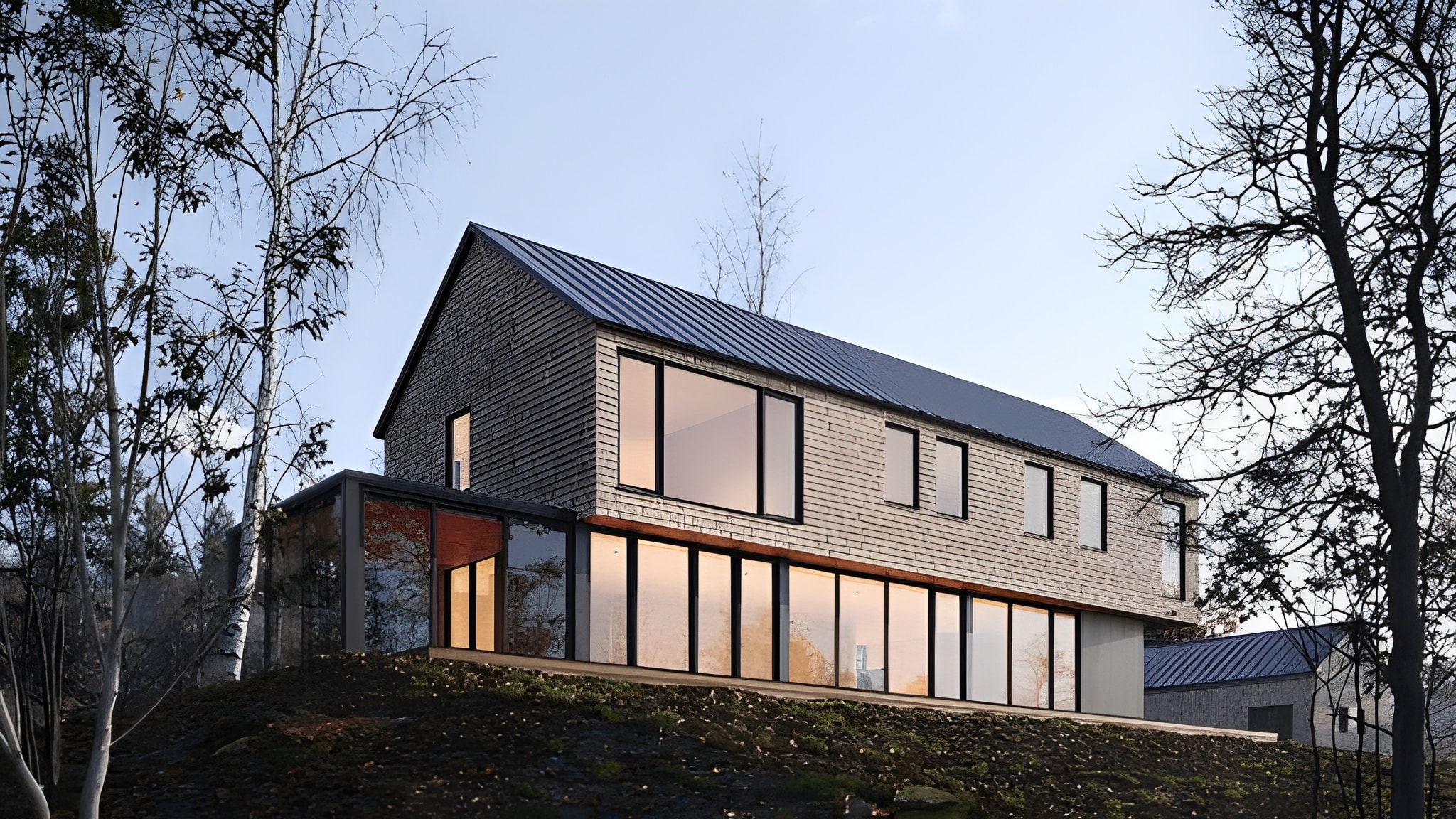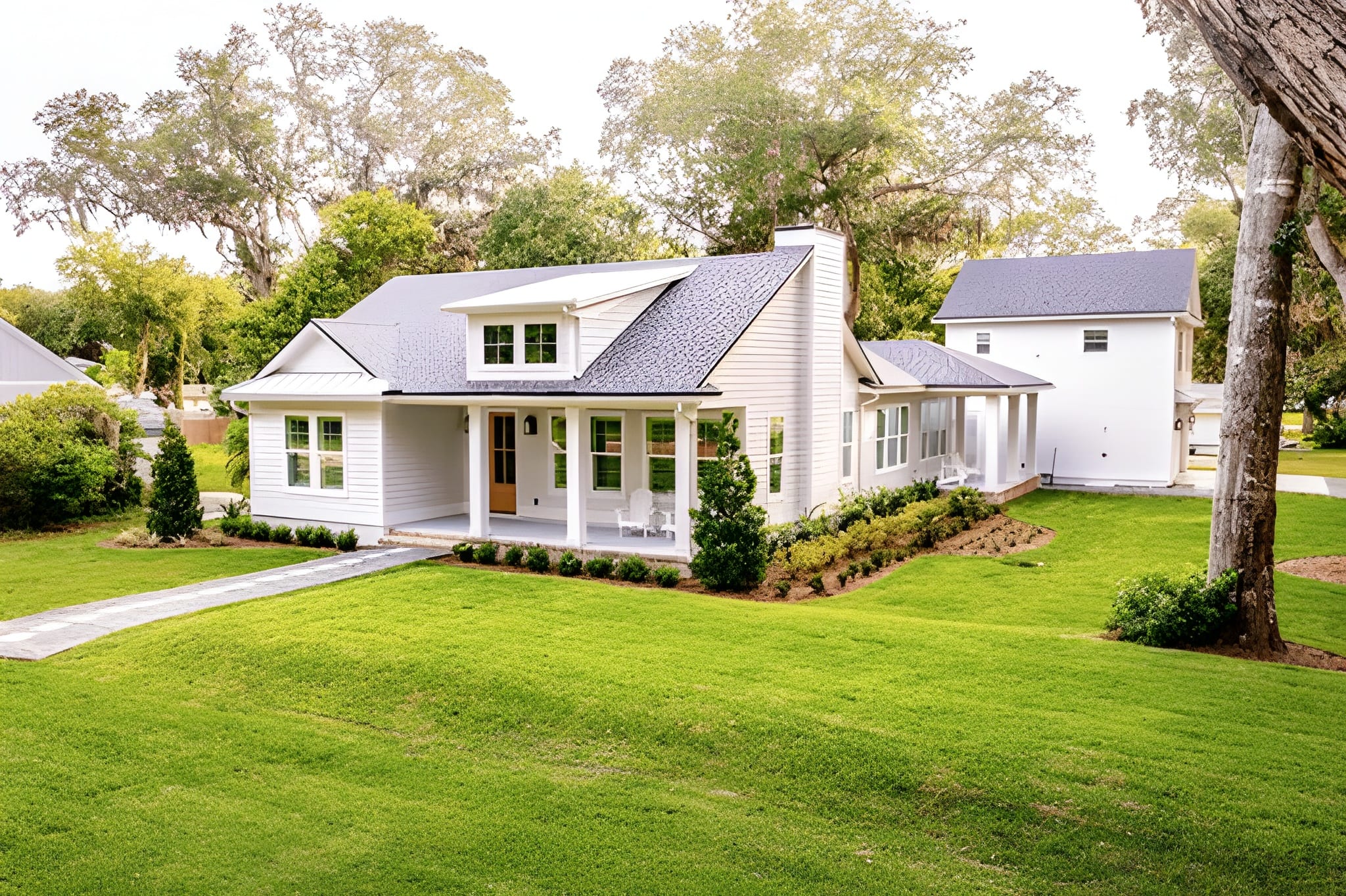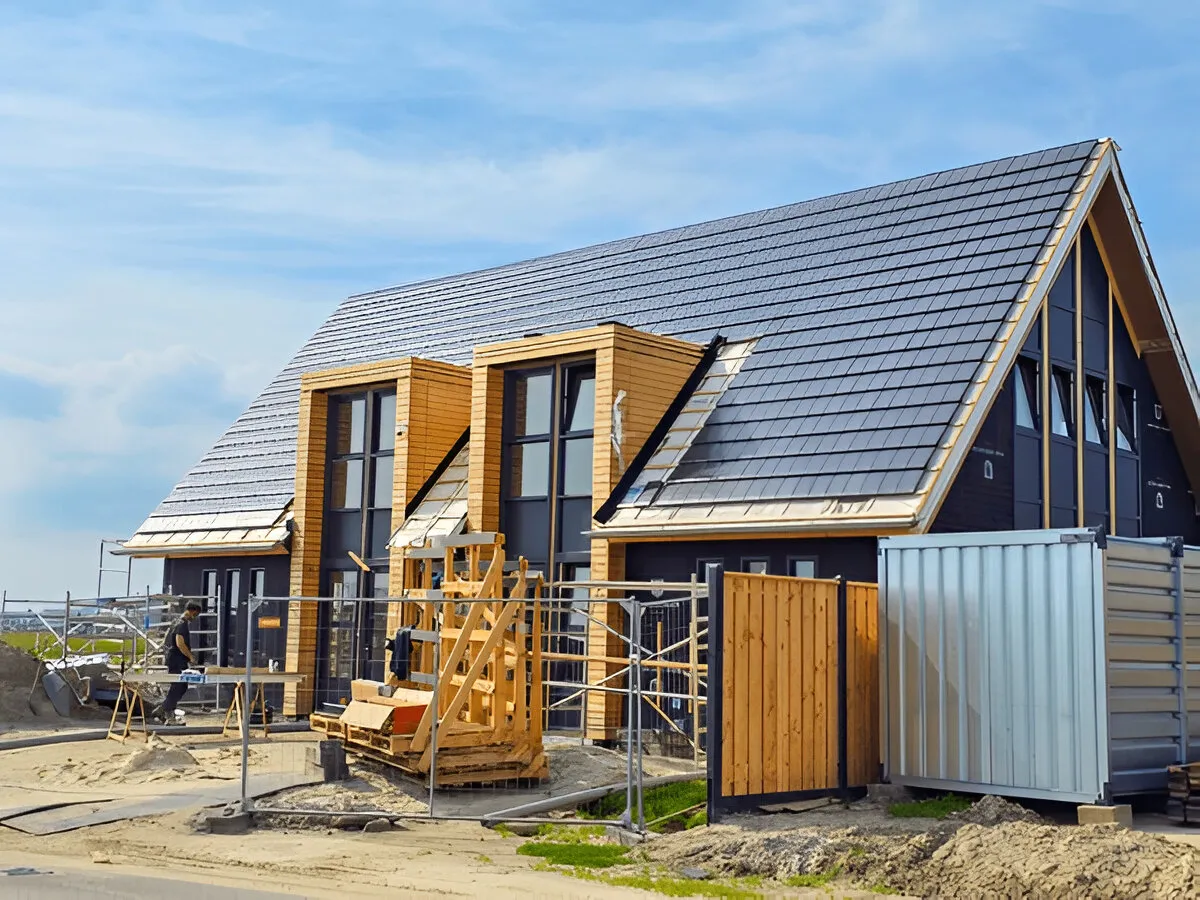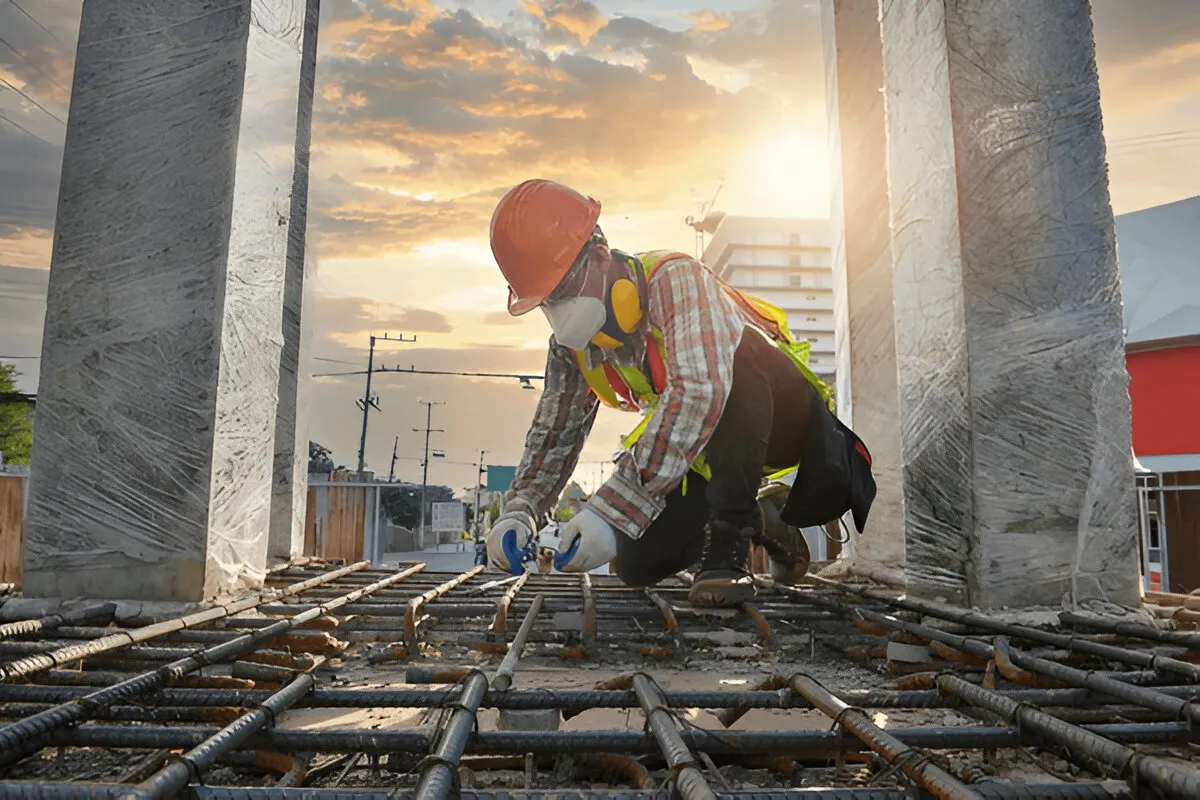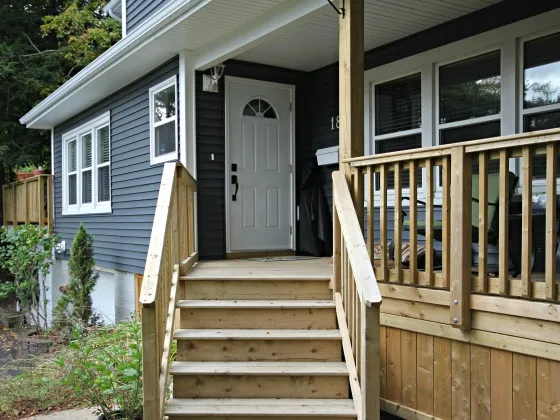Every home starts with a strong base—and choosing the right foundation for home construction is one of the most important decisions a homeowner can make. The foundation supports everything above it, from walls and floors to your family’s day-to-day life. Whether you’re planning to build a new home in Halifax or just exploring your options, it’s important to understand how different foundation types work, what they cost, and how they handle local conditions like frost and moisture.
In this guide, you’ll learn:
- The main types of house foundations and how they compare
- How foundation construction works, from footings to waterproofing
- What foundation choices make sense in Nova Scotia’s climate
This article keeps things simple and straightforward. You don’t need to be a builder to follow along—just someone who wants to make the right call for your future home. Let’s start from the ground up.
Why the Right Foundation Matters
A solid home foundation isn’t just a base—it protects your investment. In Halifax’s climate, with its cold winters and moist soil, choosing the proper base can reduce long-term risk and cost.
- In Canada and the northern U.S., frost heave can exert vertical pressure up to 19 tons per square foot (1820 kPa)—enough to shift or crack basement walls if the footing sits above the frost line.
- Homes with proper waterproofing in their basement foundation often see a 10–20% increase in resale value.
- Poor drainage around a house can weaken the perimeter foundation soil, leading to repair costs that can rise up to $30,000.
These numbers highlight how critical early planning is. The right choice of concrete foundation, combined with smart drainage and insulation, can protect your home’s value and stability for decades.
Common Types of Home Foundation & Regional Fit
There are several ways to build a foundation, and each option has strengths depending on climate, soil, and the structure being built. In the Halifax area, where cold winters, heavy rain, and variable soil conditions are common, some foundation systems perform better than others.
Below are the main types of foundations used in home construction, along with notes on how well they work in Nova Scotia.
| Foundation Type | Description | Good For | Watch For |
| Full Basement Foundation | Creates usable space below the main floor. It is often made from poured concrete or concrete block, with reinforced foundation walls and footings that sit deep below the frost line. | Extra living or storage space, added home value | Waterproofing, sump pumps, and soil pressure around below-grade foundation walls |
| Crawl Space Foundation | Lifts the house off the ground but keeps space under the floor. It’s often used where the ground is uneven or where full basements aren’t needed. | Easy access to plumbing and electrical, better ventilation | Moisture control—Halifax’s damp climate makes sealed and insulated crawl spaces a smarter choice |
| Slab-on-Grade Foundation | A single concrete slab poured at ground level. It’s a quick, budget-friendly choice but works best in areas where deep frost isn’t an issue. | Simple builds, garages, warmer or low-frost zones | Risk of cracking due to freeze-thaw movement and poor drainage |
| Insulated Concrete Form (ICF) Foundation | A modern method that uses insulated, solid concrete blocks to create energy-efficient foundation walls. These are strong, quiet, and help keep moisture out. | Energy savings, long-term strength, soundproofing | Higher upfront cost compared to other methods |
| Pier and Beam Foundation | This older style uses concrete footings and wood or steel beams to raise the home. It’s still used for specific needs like steep slopes or wet areas. | Uneven land, coastal or flood-prone sites | Regular checks for wood decay and movement |
| Other Options: Stone, Wood, or Hybrid Foundations | Some older homes may have stone foundations or wood foundation systems. These are less common in new builds but still exist across Nova Scotia. | Restoring heritage homes, certain rural builds | Upkeep, pest protection, and moisture sealing |
Step-by-Step Foundation Construction Process
Once the design is in place, foundation work begins with careful planning and solid execution. Building a strong and lasting base takes more than pouring concrete. It’s a step-by-step process that includes inspection, preparation, and follow-through.
Here’s how most foundation construction projects move forward:
1. Site Clearing and Ground Prep
Before anything is built, the lot must be cleared and leveled. Trees, rocks, and topsoil are removed. Grading ensures water flows away from the foundation, not toward it.
2. Soil Testing and Drainage Planning
Not all soil can support the foundation weight. Clay, loam, or sandy areas respond differently to moisture. Testing helps determine the best foundation type and drainage needs. A drain tile system is often added around the perimeter of the foundation to prevent water buildup.
3. Excavation and Footing Layout
Next, the ground is dug to create space for footings—the base level that spreads out the weight. These are typically wider than the foundation walls and sit below the frost line to prevent movement during freeze-thaw cycles.
4. Formwork and Reinforcement
Concrete forms are built using wood or metal panels to hold wet concrete in shape. Steel rebar or mesh is added for extra support, especially in concrete wall systems or slab foundations.
5. Pouring Concrete
With everything in place, workers pour concrete into the forms. For poured concrete foundations, this step is critical. Crews smooth the surface, remove air pockets, and let the material set evenly.
6. Curing and Inspection
After the concrete is poured, it needs time to harden—usually several days. During this stage, inspectors may review the foundation footings, wall thickness, or moisture barriers to ensure they meet local building codes.
7. Waterproofing and Insulation
Once cured, the foundation walls are sealed with protective coatings or membranes. In cold climates like Halifax, insulated concrete or foam panels may also be added to keep the home energy efficient.
8. Backfilling and Final Grading
The last step fills soil back around the sides of the foundation, completing the structure. Grading is adjusted one final time to keep water moving away from the house.
With the foundation in place, the rest of the home building can begin safely and on schedule. The next section covers how Halifax’s weather and soil conditions influence which foundation choice makes the most sense.
Halifax-Specific Considerations
Not every foundation system works the same way in every region. In Halifax and surrounding areas, certain local factors have a big impact on how a home’s foundation should be built.
1. Frost Depth and Soil Movement
In this part of Nova Scotia, frost can reach depths of around 4 feet (1.2 meters). That means any foundation footings need to be placed well below this line to avoid frost heave, which can push the structure upward and cause cracking.
Some areas also have clay-heavy soil, which holds moisture and expands when frozen. This kind of soil condition puts pressure on below-grade foundation walls, especially in basement or crawl space setups.
2. Drainage Challenges
Halifax experiences high rainfall and seasonal snowmelt. If water isn’t directed away from the house, it can weaken the base over time. That’s why proper drainage—including gravel layers, perimeter tiles, and grading—is a must. Water pooling around the foundation can lead to leaks, mold, or even structural damage.
3. Building Code Compliance
Local rules require that every foundation for a house meet standards for depth, materials, and energy efficiency. This includes using certified building materials, like concrete masonry units or ICF construction, and following proper insulation methods.
Working with professionals who understand these rules—like licensed contractors or designers with experience in the Halifax area—helps ensure your build goes smoothly and passes every inspection.
4. Climate-Ready Choices
Coastal winds, shifting temperatures, and freeze-thaw cycles all put stress on a house. That’s why many homeowners here choose strong and durable foundation options, such as poured concrete or ICF foundation systems, which hold up well in mixed weather.
How to Choose the Right Foundation for Home Construction
Selecting the best base for your new home isn’t about picking the most expensive option—it’s about finding the right match for your land, budget, and long-term needs.
Before making a decision on laying the foundation for your home, here are a few key points to consider:
1. Understand Your Lot
What kind of ground will you be building on? If the soil is loose or prone to holding water, you’ll need a strong foundation system that handles pressure and keeps moisture out. Flat, dry lots might allow for more flexibility, while sloped or rocky areas often require deeper support.
2. Think About Water Flow
A good foundation works with the land, not against it. Make sure water can drain naturally and doesn’t collect near the home’s edges. Grading, gravel layers, and tile drains are useful tools that help manage runoff and protect your structure.
3. Factor in Local Weather
Halifax homes face cold winters, heavy rain, and shifting temperatures. For that reason, foundations here need to lean toward deeper footing, added insulation, and stronger wall construction.
4. Match the Design to Your Lifestyle
Are you planning for a finished basement? Will you need space under the home for utilities? If so, a crawl space or basement foundation provides more utility than a flat slab. On the other hand, if you’re building a one-story structure and want a faster timeline, slab-on-grade foundations are a popular solution.
5. Ask the Right Questions
When speaking with your builder or foundation contractor, ask:
- What type of foundation fits my lot best?
- Will this design meet current codes and permits?
- How will drainage and insulation be handled?
- What is included in the price—permits, drawings, inspections?
Choosing a foundation is easier when you’re working with professionals who handle every part of the crucial construction process. The right builder will guide you through the details and help avoid surprises later.
Conclusion & Next Steps
Every home begins with a base. Picking the right one sets the stage for everything else—comfort, safety, energy use, and long-term strength. A smart choice of foundation ensures it supports the structure and your peace of mind.
Whether you’re building on open land or adding space to your current home, the right approach starts with good planning and honest guidance. Knowing what the construction requires, soil behavior, and local codes helps you avoid delays and added costs.
At Case Design/Remodeling Halifax, we’ve been helping homeowners make smart building decisions for over 14 years. From the first drawing to the final inspection, our team handles the entire process with care and experience.
Want expert advice on building a strong base for your future home?
Reach out to schedule a design consultation or learn more about our Initial Planning Agreement. We’re here to help you start your home the right way—on a foundation built to last.
Frequently Asked Questions
How deep should a foundation be in Halifax?
In most parts of Nova Scotia, the foundation of your home should extend at least four feet below ground to stay below the frost level. This helps prevent freezing soil from pushing the structure upward. Deeper digging may be needed depending on soil type and slope.
Can radon be an issue under a new home?
Yes. Some areas in Halifax have naturally occurring radon gas in the soil. If your build includes a basement or sealed lower level, ask your contractor about radon mitigation systems. These can be added during construction to keep indoor air safe.
How long does concrete take to cure before building continues?
Standard concrete usually needs 7 days to cure before major construction begins. It reaches most of its strength during this time, but can take up to 28 days to fully harden. Weather and moisture levels can affect this timeline.
What kind of maintenance does a foundation need?
Even well-built foundations may need occasional checks. Look for cracks, moisture around the edges, or signs of shifting. Keeping gutters clear and grading in place helps protect the base over time.
Do I need a permit before starting foundation work?
Yes. In Halifax, you must get a building permit before any structural work begins on home foundation construction. This includes excavation and concrete work. Your builder should handle this as part of the planning process.



